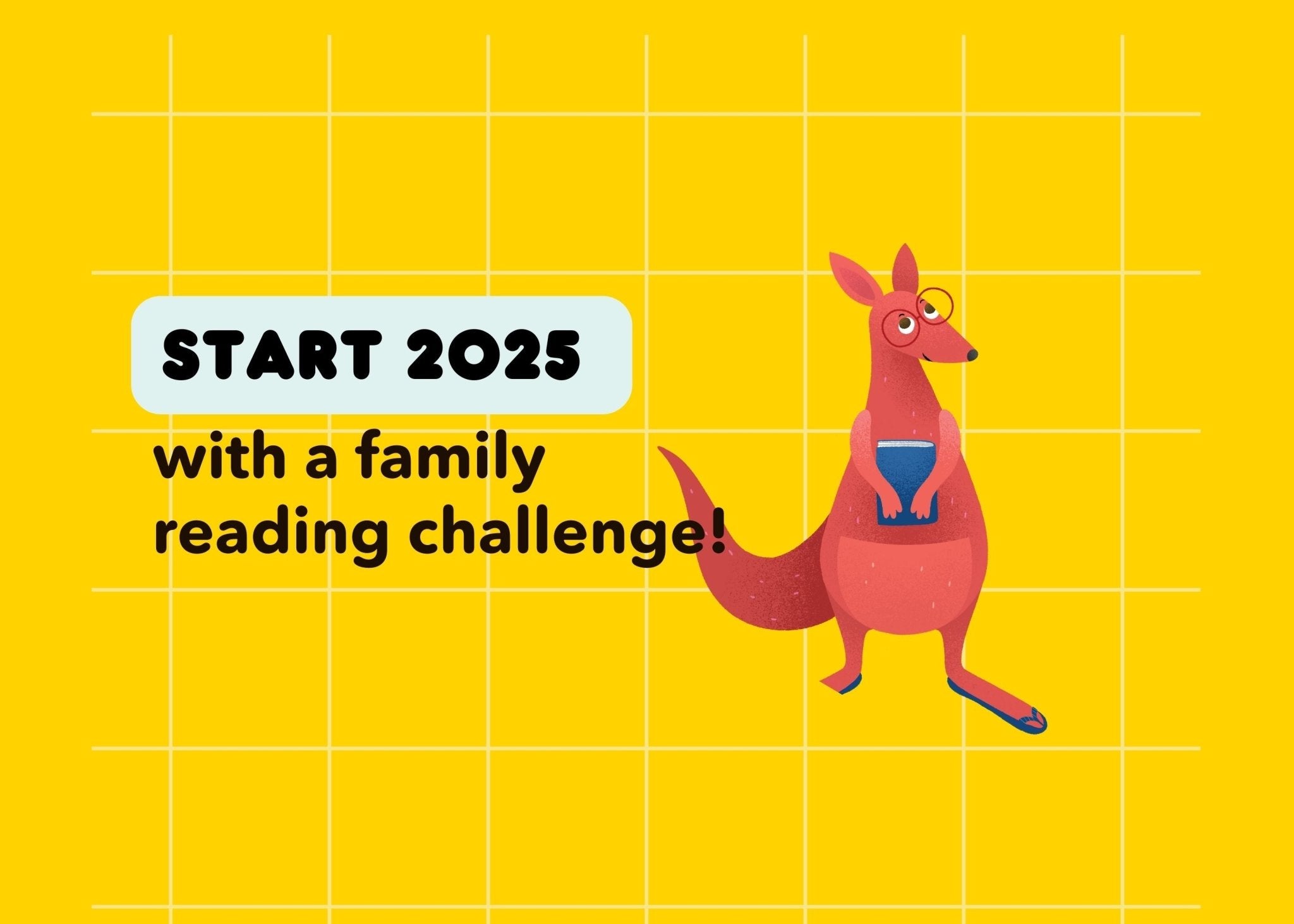
Make “Reading More” a Top Resolution This Year
Jacquelyn DavisWhat are your 2025 New Year’s resolutions? We’d love to hear them!
Every year, I try to come up with two resolutions I can realistically stick to. (Spoiler: dieting never makes the cut!) This year, I decided to focus on reading more.
In our fast-paced digital world, where screens dominate our attention and quick snippets of information are the norm, slowing down with a physical book feels like a small act of rebellion—and I’m loving it.
But I didn’t stop there. I challenged my 11-year-old son to swap his tablet for a week of winter break without screens—no TV, no games, nothing. At first, he begged to renegotiate the “agreement.” Day one was filled with complaints of boredom, which only confirmed my hunch that this exercise was worthwhile.
By day two, though, something magical happened. The “boredom” transformed into creativity. He started drawing, baking, playing board games, picking up a pickleball paddle—and, yes, reading. Over the week, my dyslexic son, who often says reading is tough, devoured three novels. He spent hours completely immersed in stories.
At the end of the week, I asked him what he thought. His takeaway? More reading, more drawing, and more fun. He was happier and more engaged, and to my surprise, he made “reading more” his New Year’s resolution too.
This got me thinking: reading isn’t just a great resolution; it’s a critical one.
Why We Need to Prioritize Reading More Than Ever
The Decline in Teen Reading Rates
Recent studies highlight a concerning trend: reading rates among teens have plummeted over the past decade. According to the National Assessment of Educational Progress (NAEP), the percentage of 12th graders reading below the "basic" level increased from 28% in 2009 to 37% in 2019. Many researchers believe this trend has worsened in the TikTok era, where social media provides a passive pastime that replaces the active, engaging work of reading.
In 2023, a Pew Research survey revealed that only 13% of teens read daily for fun—down from 20% just five years earlier. At the same time, the average teen spends over seven hours per day in front of screens. This imbalance deprives kids of the cognitive and emotional benefits that reading provides.
The Impact of Excessive Screen Time
Too much screen time isn’t just a reading issue—it’s a health issue. Prolonged screen use is linked to:
-
Sleep Disruption: Blue light from screens interferes with melatonin production, crucial for healthy sleep. Poor sleep affects mood, academics, and overall health, particularly in teens.
-
Eye Strain and Vision Problems: Digital eye strain is increasingly common, causing discomfort and long-term vision issues.
-
Anxiety and Depression: Studies show excessive screen use correlates with higher rates of anxiety and depression, fueled by the constant comparison of curated online personas.
-
Reduced Attention Span: The fast pace of digital content trains the brain to expect quick hits of information, making it harder to engage with longer, more complex texts.
Why Reading Matters
In contrast to screens, reading develops critical skills that are essential for kids’ growth:
Cognitive Development and Critical Thinking
Jonathan Haidt, author of The Anxious Generation, emphasizes that reading helps develop critical thinking skills by exposing readers to diverse perspectives and complex ideas. Unlike the superficial engagement of social media, reading longer texts builds attention and cognitive “muscles” essential for processing information and forming thoughtful opinions.
Similarly, Maryanne Wolf, cognitive neuroscientist and author of Reader, Come Home, highlights how reading activates deep thinking. Unlike passive screen time, reading requires children to actively create mental images, reflect, and make connections.
Emotional Intelligence and Empathy
Reading isn’t just about intellect—it’s about heart. Wolf’s research shows that deep reading nurtures empathy by helping readers understand the emotions and motivations of others. This builds emotional intelligence, a key ingredient for healthy relationships and social connection.
How to Make Reading a Family Priority
As parents, educators, and caregivers, we play a crucial role in fostering a love of reading. Here are some simple ways to get started:
-
Create a Screen-Free Zone: Set aside time each day where screens are swapped for books—just like my family did!
-
Build a Family Reading Routine: Dedicate 15-30 minutes each evening for everyone to read together.
-
Read Aloud and Discuss: Sharing books and discussing them not only strengthens comprehension but also makes reading fun and interactive.
-
Offer Diverse Options: Stock your shelves with a mix of genres, topics, and formats to spark curiosity.
-
Be a Reading Role Model: When kids see you enjoying a book, they’re more likely to pick one up themselves.
This year, let’s make “reading more” a resolution for the whole family. Not only is it enriching and rewarding—it’s also one of the best ways to connect, learn, and grow together.
Happy Reading,
Jacquelyn
P.S. What’s on your 2025 reading list? Share your favorite books with us, and we’ll compile a community reading list to inspire everyone!




